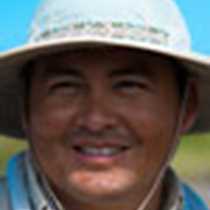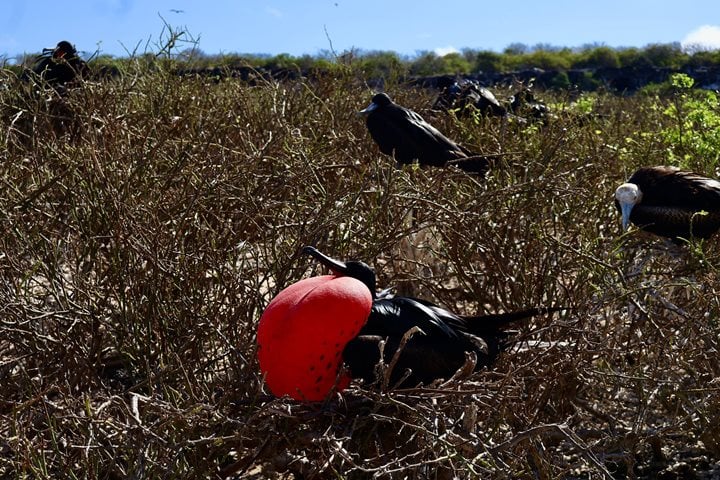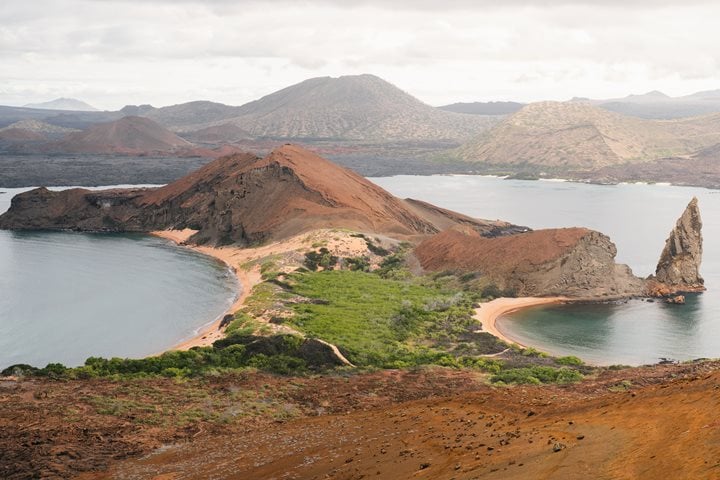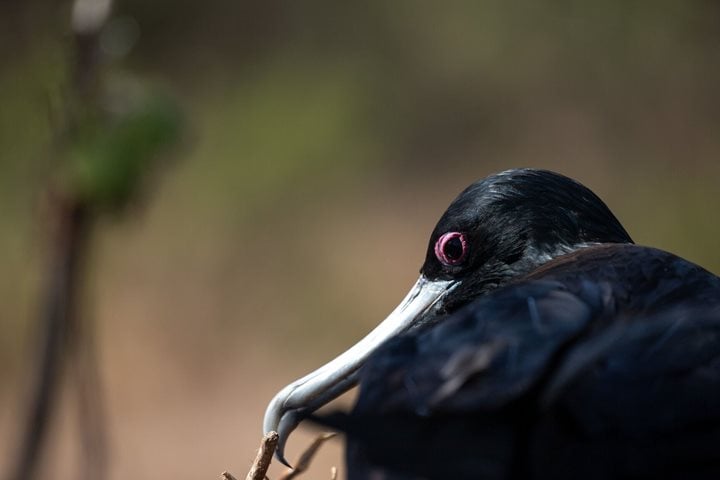A peaceful, colorful bay surrounded by small islets delighted us today. We arrived to the island of Española, whose English name is Hood Island, named after Viscount Samuel Hood. Espanola is located in the extreme southeast of the archipelago and is considered one of the oldest in the Galapagos.
Our first outing took place in one of the most fascinating beaches, Gardner Bay, which is located on the northeast shores of Española. Our outdoor activities began with deep-water snorkeling for advanced swimmers, while our less experienced guests when to the beach to learn and improve their snorkeling skills. Both places brought amazing opportunities for wildlife viewing for our guests. The sea lions were playful today, and many of the immature sea lions approached our curious snorkelers. Guests were given their first taste of the busy, bright underwater realm in the Galapagos, which contains more than 500 species of fish that arrived to the archipelago from different provinces of the Pacific Ocean.
In the afternoon, we landed on Punta Suarez, a “must do” outing for bird watching. Although the trail is very challenging due to the uneven boulders, our guests were eager to join us for the unexpected experience. Bright orange crabs, as well as marine iguanas, painted the basaltic canvas of the shoreline. Greetings from sea lions and herons charmed us while we were landing in the small jetty. Once on the island, we started heading inland, where we sighted Galapagos hawks, mockingbirds and lava lizards that are endemic to the island.
After a long walk we arrived at the cliff area where we saw sea birds soaring over our heads. Swallowtail gulls and Nazca boobies were looking after their chicks while we photographed them, speechless at the beauty in front of us.
Definitely, today deeds took all our energy but the beauty of the wildlife in terms of flora and fauna is outstanding on this aging island.







